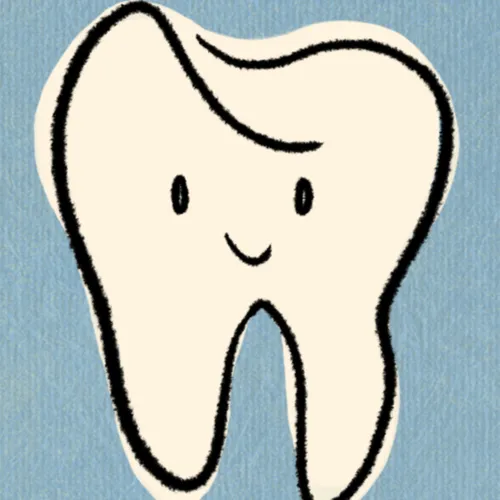Dental Anatomy 2: Dental Formulae, Arches, & Eruption Patterns
- Author
- Je$$ie
- Published
- Wed 23 Aug 2023
- Episode Link
- https://podcasters.spotify.com/pod/show/jeie/episodes/Dental-Anatomy-2-Dental-Formulae--Arches---Eruption-Patterns-e28e96o
Dental formula
A dental formula = indicates the dentiiton of only 1 side of the mouth but includes both MAX and MAND. Quadrants.
Must be multiplied by 2 to provide the number of teeth in entire dentition
PERM DENTAL FORMULA: I 2/2: C 1/1 : P 2/2; M3/ 3 = 32 TEETH TOTAL
BABY DENTAL FORMULA: I 2/2: C 1/1: M 2/2 = 10 TEETH TOTAL
General Eruption Pattern
Deciduous:
MAND Central incisor
MAND Lat incisor
MAX Central incisor
MAX Lat incisor
MAND 1st molar
MAX 1st molar
MAND canine
MAX canine
MAND 2nd molar
MAX 2nd molar
Decid. Eruption Ages in Months
Central incisor mand = 6
Central incisor max = 7.5
Lat incsor mand = 7
Lat incisor max = 9
Mand canine = 16
Max canine = 14
Mand 2nd molar = 20
MAX 2nd molar = 24
Perm dentition erupt sequence: with ages in years
Mandibular 1st molar = 6-7
Max 1st molar = 6-7
Mand C. incisor = 6-7
Mand L. incisor = 7-8
Max C. incisor = 7-8
Max L. incisor = 8-9
Mand canine = 9-10
Mand 1st premolar = 10-11
Max 1st premolar = 10-11
Mand second premolar = 11-12
Max second premolar = 11-12
Max canine = 11-12
Mand 2nd molar = 11-13
Max 2nd molar = 12-13
Mand 3rd molar =17-21
Max 3rd molar = 17-21
Numbering systems
Universal numbering system
Perm = Upper right third molar is #1 and then you go all the way to number 16. Start the next arch off at lower left 3rd molar = #17 and then lower right third molar = #32
Deciduous teeth = Numbered 1-20 in the same fashion as perm teeth but lowercase "d" is added after the number. Most common, just use letters to address baby teeth, A-T retrospectively.
Palmer notation method
Breaks mouths into 4 quadrants of 8 teeth
1 = C.incis
2 = Lat.incis
3 = canine DDA
4 = 1st PM
5 = 2nd PM
6-8 = 1-3rd molars
Use letters A-E for baby teeth
Signs tell the quadrants
FDI system
Binomial system = the first number = quadrant and second number = tooth # (1-8)
PERM = 1 at top right, two, 3 = LL, 4 = LR
BABY = 5,6,7,8
